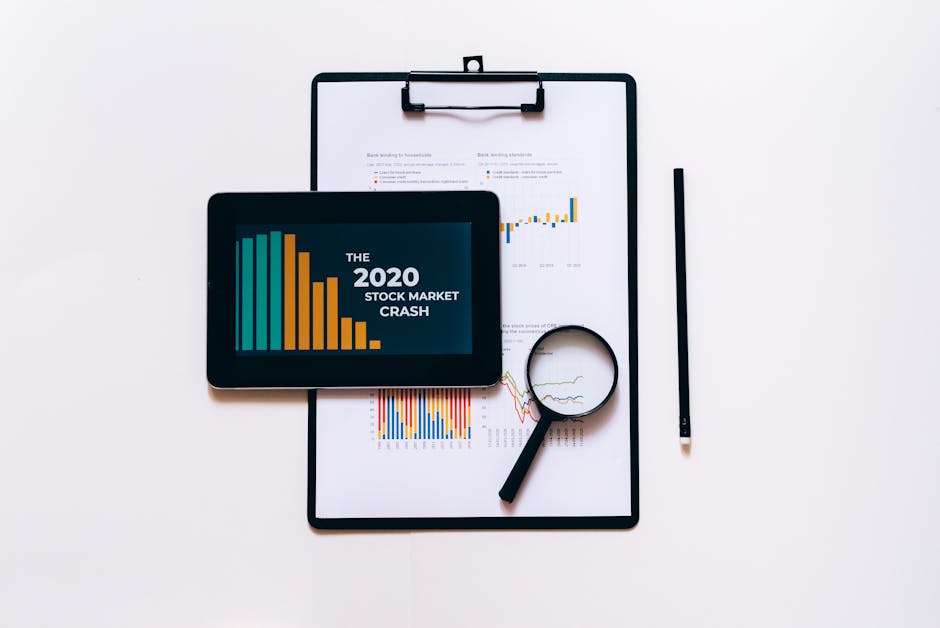How to Use Data and Analytics to Inform Content Optimization Decisions

In the realm of content creation, leveraging data and analytics is a strategic approach to refine and enhance content optimization decisions. Analyzing user behavior, engagement metrics, and traffic sources enables creators to understand what resonates with their audience. By tapping into this wealth of information, businesses can tailor their content to meet user expectations and drive better results.
Understanding the Importance of Data in Content Optimization
Data is a critical component in understanding how content performs. Metrics such as page views, bounce rates, and average session duration provide insight into how users interact with content. For instance, high bounce rates might indicate that the content isn't engaging or relevant to visitors. Conversely, content with long session durations suggests that it holds the audience's interest.
Tools like Google Analytics offer a detailed breakdown of these metrics. By examining this data, creators can identify patterns and trends. For example, if a particular blog post consistently attracts high traffic, it indicates a topic or format that resonates with the audience. This information is invaluable for planning future content strategies.
Moreover, data can reveal demographic information about your audience. Understanding the age, gender, location, and interests of your readers allows for more targeted content creation. This ensures that the material not only reaches a broader audience but also engages them more effectively.
Utilizing Analytics Tools
Several analytics tools are available to aid in content optimization. Google Analytics is one of the most widely used platforms, providing comprehensive insights into website performance. It offers detailed reports on user behavior, acquisition channels, and conversion rates.
Another powerful tool is SEMrush, which provides competitive analysis along with keyword tracking and backlink monitoring. These features help in understanding how your content performs relative to competitors and identifying opportunities for improvement.
Social media analytics tools like Hootsuite or Sprout Social also play a crucial role. These platforms track engagement metrics such as likes, shares, and comments across various social media channels. Understanding which posts generate the most interaction can guide future social media strategies.
- Google Analytics: Tracks user behavior and website performance
- SEMrush: Offers competitive analysis and keyword tracking
- Hootsuite: Monitors social media engagement
- Sprout Social: Provides detailed social media analytics
Implementing Data-Driven Strategies
Once you have gathered and analyzed data, the next step is implementing strategies based on these insights. Start by identifying high-performing content and replicating its success factors in new pieces. This could involve adopting similar topics, formats, or styles that have proven effective.
Incorporate keyword research to ensure your content aligns with what users are searching for. Tools like Ahrefs or Moz can help identify relevant keywords with high search volumes and low competition. Integrating these keywords naturally into your content can boost its visibility on search engines.
Additionally, A/B testing different versions of your content can provide valuable insights. By comparing two versions of a piece – such as different headlines or calls-to-action – you can determine which elements work best in engaging your audience.
| Tool | Functionality |
|---|---|
| Google Analytics | User behavior tracking |
| SEMrush | Competitive analysis & keyword tracking |
| Ahrefs | Keyword research & backlink analysis |
| Moz | SEO insights & keyword suggestions |
| A/B Testing Tools (e.g., Optimizely) | Comparative analysis of different content versions |
Monitoring and Adjusting Strategies Over Time
The digital landscape is constantly changing, making continuous monitoring essential. Regularly reviewing analytics reports helps in identifying shifts in audience behavior or preferences. If a previously successful strategy starts to decline in effectiveness, it may be time to reassess and adapt your approach.
User feedback is another valuable resource for ongoing optimization. Encourage readers to leave comments or participate in surveys to share their opinions about your content. This direct feedback provides firsthand insights into what your audience values most.
Furthermore, keeping an eye on industry trends ensures that your content remains relevant and up-to-date. Subscribing to industry newsletters or following thought leaders on social media can help you stay informed about emerging topics and changes in user interests.
Leveraging data and analytics for content optimization involves understanding key metrics, utilizing various tools for deeper insights, implementing data-driven strategies, and continuously monitoring performance to make necessary adjustments. By aligning content creation efforts with these principles, businesses can significantly enhance their ability to engage audiences effectively.
The practical application of data-driven insights allows for more informed decision-making processes that cater directly to user needs and preferences. As a result, businesses not only improve their engagement rates but also build stronger relationships with their audience through consistently relevant and high-quality content.